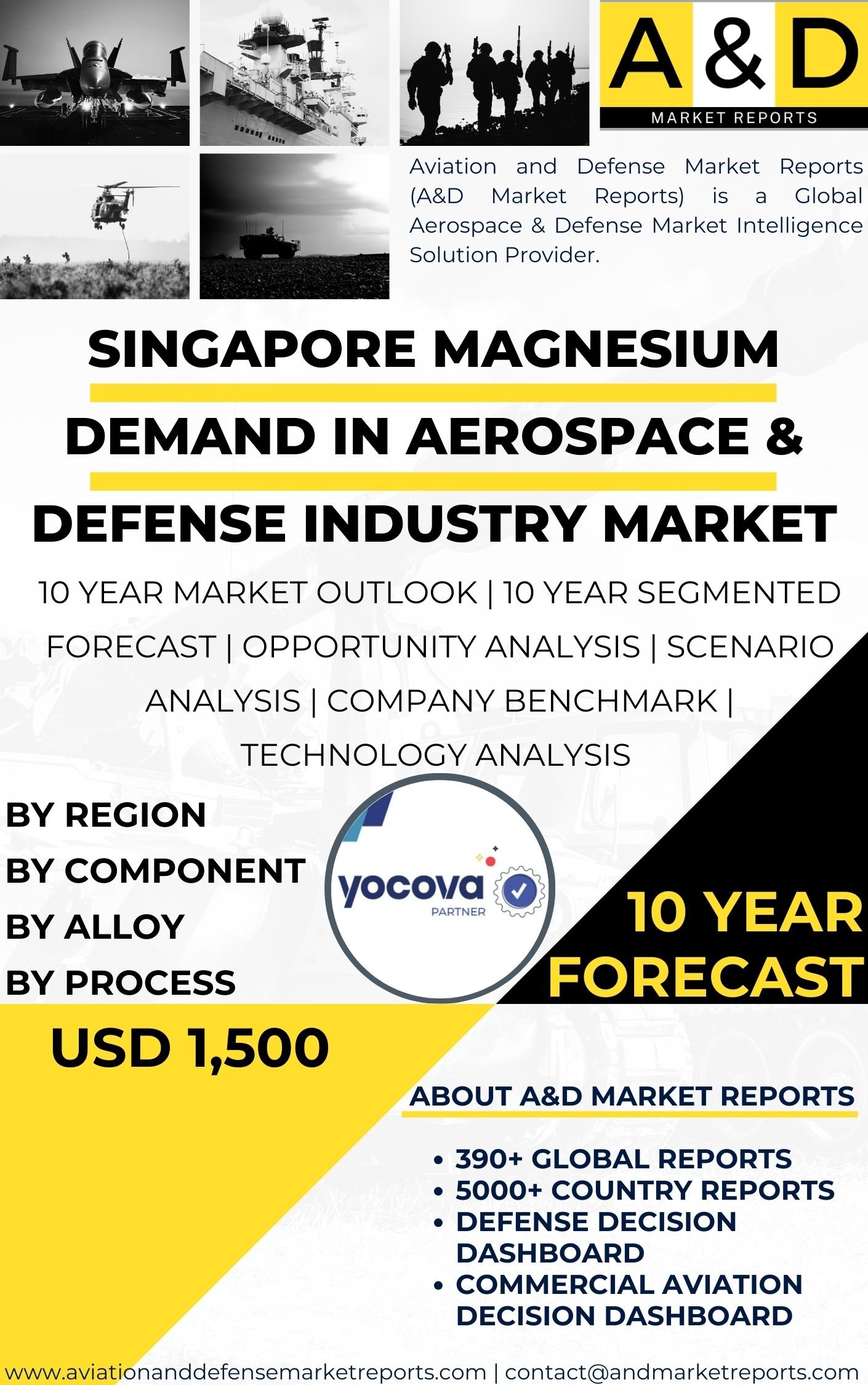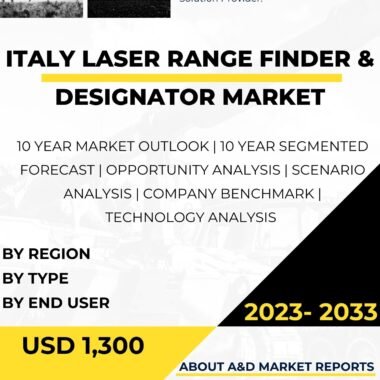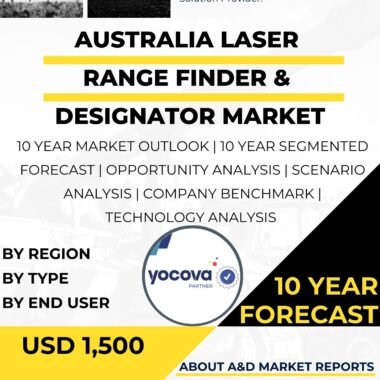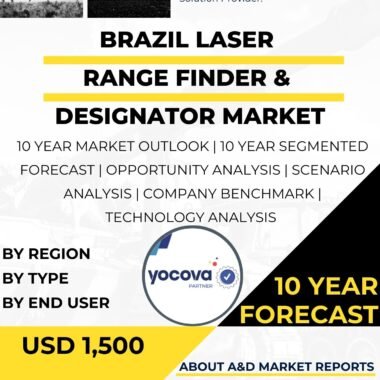Description
The demand for magnesium in Singapore’s aerospace and defense industry is driven by the increasing need for lightweight, high-performance materials that enhance fuel efficiency and operational capabilities. Magnesium alloys, known for their exceptional strength-to-weight ratio, play a critical role in the aerospace sector where reducing aircraft weight directly translates into lower fuel consumption and better overall performance. Singapore, as a significant aerospace hub in Asia-Pacific, leverages this material to maintain competitive advantages in both civil and military aviation sectors. The aerospace industry’s focus on innovation and advanced manufacturing techniques, including additive manufacturing and cutting-edge alloy technologies, further fuels the adoption of magnesium in aircraft components ranging from engine housings to structural parts.
Singapore?s aerospace and defense market benefits from its strategic location and robust infrastructure, supporting extensive maintenance, repair, and overhaul activities. This creates a steady demand for advanced materials that can meet stringent performance and safety standards. Magnesium alloys are well-suited for these applications due to their light weight combined with good mechanical strength and thermal properties. The demand is bolstered by ongoing upgrades and expansions in aerospace capabilities, including manufacturing and engineering services that incorporate magnesium to enhance component durability and reduce aircraft system weight. Key industry players and research institutions collaborate on developing magnesium alloys with improved corrosion resistance and heat tolerance to meet the evolving requirements of aerospace and defense equipment in Singapore.
The defense segment, growing in importance in Singapore?s national security strategy, also drives magnesium demand. Lightweight materials like magnesium alloys enable the development of advanced defense systems and military aircraft that require agility and fuel efficiency without compromising strength. Rising defense budgets and technological modernization initiatives have spurred investment in materials science, leading to a wider adoption of magnesium alloys in military aviation and defense hardware. This includes components such as landing gears, satellite parts, and unmanned aerial vehicle structures that benefit from magnesium?s performance characteristics. The emphasis on dual-use technologies where aerospace materials serve both civilian and defense purposes further strengthens the role of magnesium in Singapore?s aerospace ecosystem.
Challenges such as the relatively higher production costs of magnesium alloys and supply chain sensitivities play a role but have not curtailed demand substantially due to ongoing efforts to optimize production methods and source raw materials more efficiently. Singapore?s business environment, characterized by innovation incentives and advanced manufacturing ecosystems, encourages R&D in magnesium alloy development. This results in materials that meet the demanding conditions of aerospace applications while pushing cost-efficiency improvements. The integration of R&D testbeds with industrial production lines in Singapore accelerates the transfer of new magnesium alloy technologies into commercial aerospace products, enhancing the local market’s sophistication and capabilities.
The regional demand in Asia-Pacific, with countries like Singapore at the forefront, is rising sharply due to rapid growth in air travel, expansion of aerospace manufacturing, and increasing defense preparedness. Singapore?s aerospace industry, while smaller relative to major markets like China or the United States, is influential due to its role as a global hub for aircraft maintenance and aerospace technology innovation. This creates a dynamic market for magnesium alloys specifically tailored to aerospace and defense use, characterized by a focus on quality, performance, and compliance with international standards. The country?s aerospace ecosystem promotes collaboration among aerospace manufacturers, defense contractors, and research bodies to develop magnesium-based materials optimized for emerging aerospace architectures including autonomous systems and space technologies.
Airframe components form a significant portion of magnesium alloy use, contributing to weight reduction initiatives critical for next-generation aircraft. Engines, landing gear, cockpit systems, and auxiliary components increasingly incorporate these alloys to meet efficiency and durability goals. This widespread application across various aircraft subsystems reflects a strategic preference within Singapore’s aerospace and defense sectors for materials that balance performance and cost-effectiveness. Concurrently, magnesium?s use in spacecraft and satellite technology is gaining focus, supported by government-backed space technology initiatives aimed at strengthening Singapore?s presence in the regional space industry. Lightweight materials like magnesium alloys are key enablers of satellite miniaturization and launch cost reduction, positioning Singapore strategically in the expanding commercial and defense space markets.
In summary, Singapore’s aerospace and defense industry demands magnesium primarily for its unique combination of low weight and high strength, which supports both economic and tactical gains. The country?s position as a leading aerospace hub in Asia-Pacific, alongside growing defense investments and technological advancements, drives robust magnesium alloy consumption in aircraft manufacture, maintenance, and defense equipment production. Despite challenges related to cost and supply, Singapore?s proactive R&D environment and strategic market initiatives sustain a strong upward trend in magnesium use. This positions Singapore not only as a consumer of aerospace-grade magnesium alloys but also as a contributor to advancing magnesium alloy technology tailored for the future of aerospace and defense applications. The continuous adaptation to market needs and focus on innovation ensure that magnesium remains a critical material in Singapore?s aerospace and defense industry landscape.




